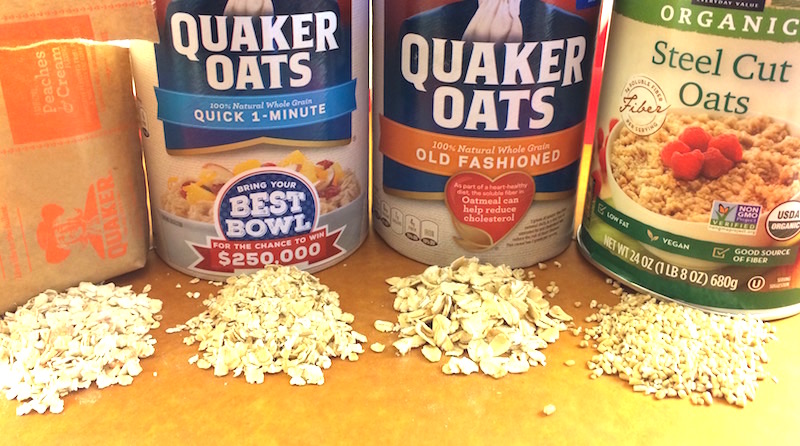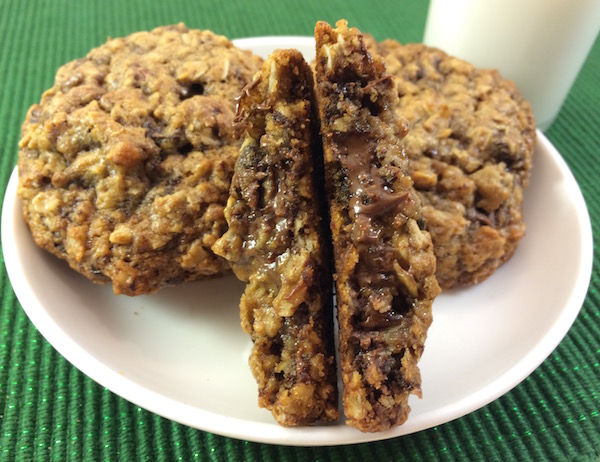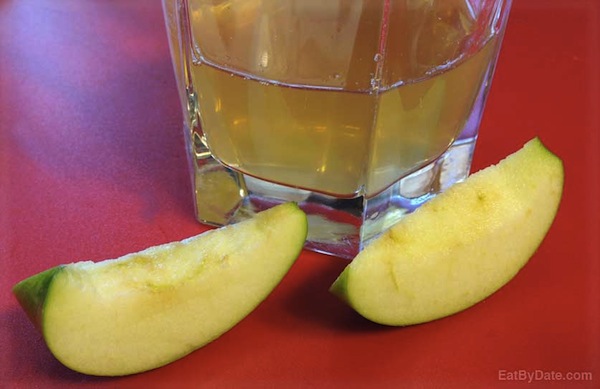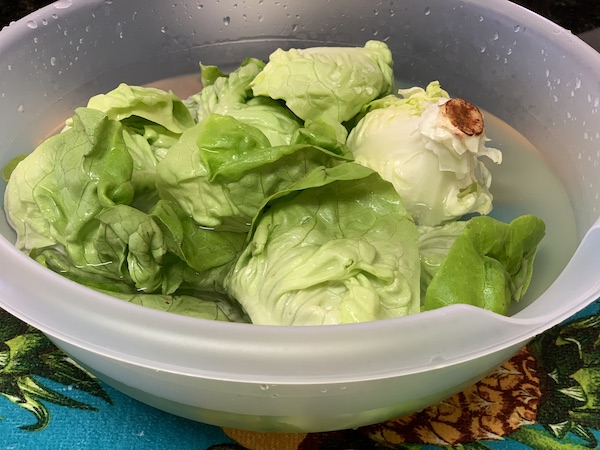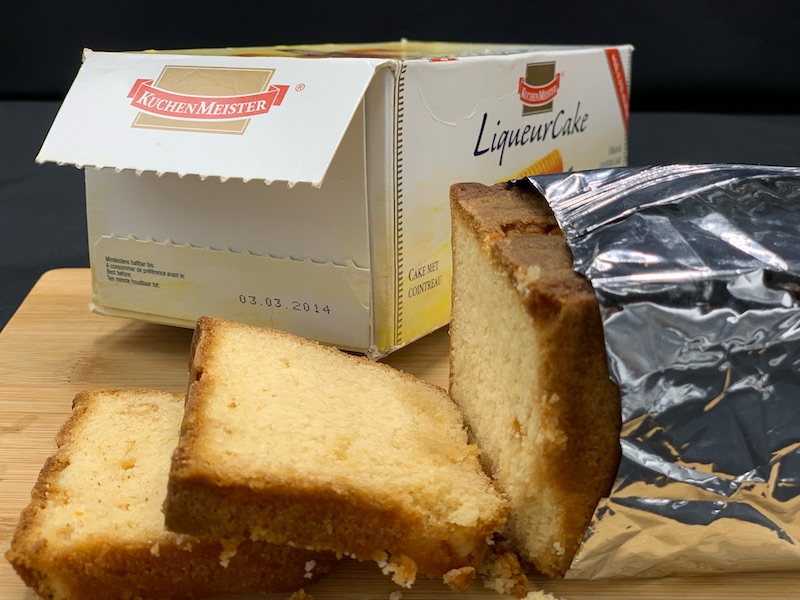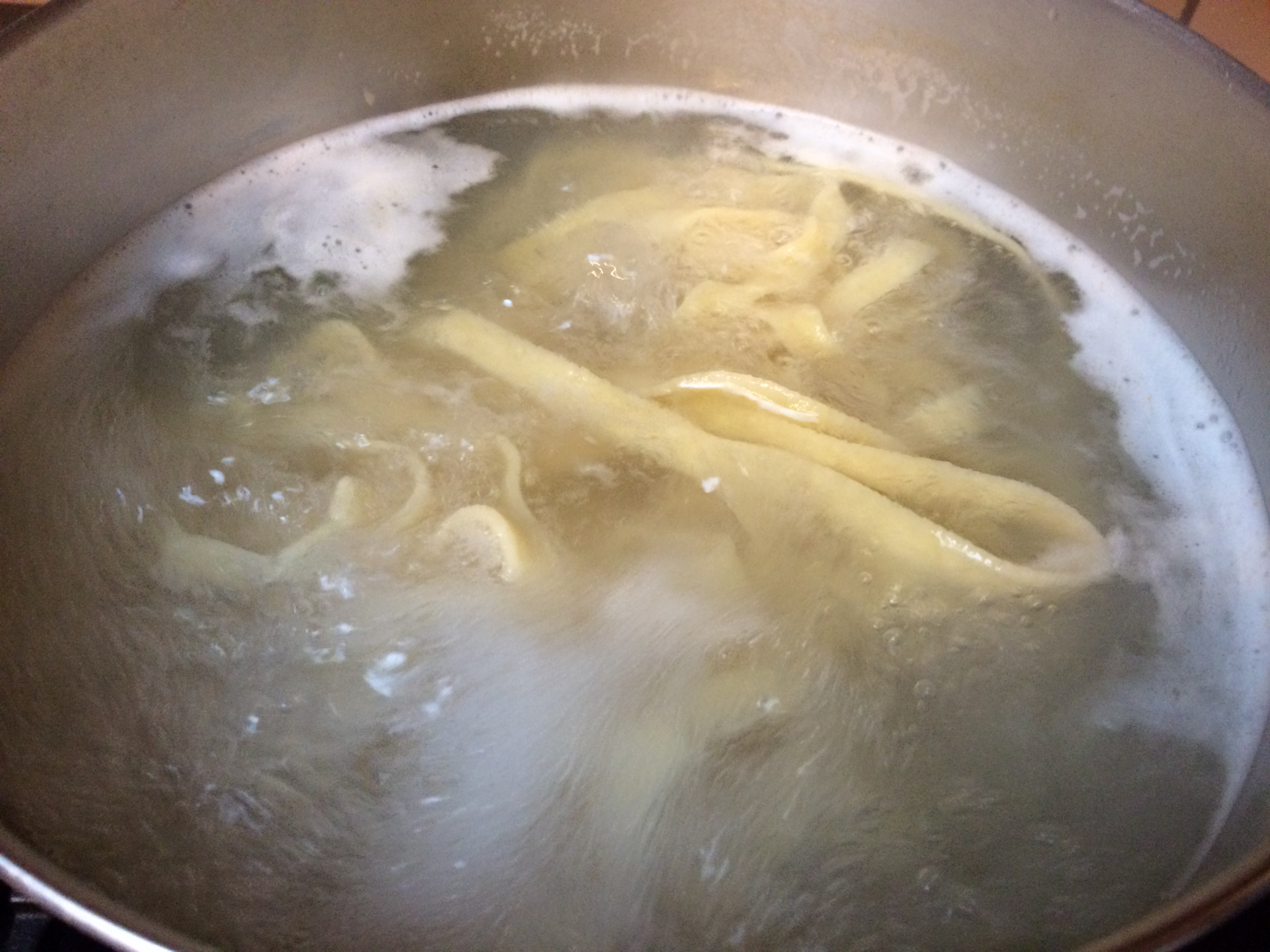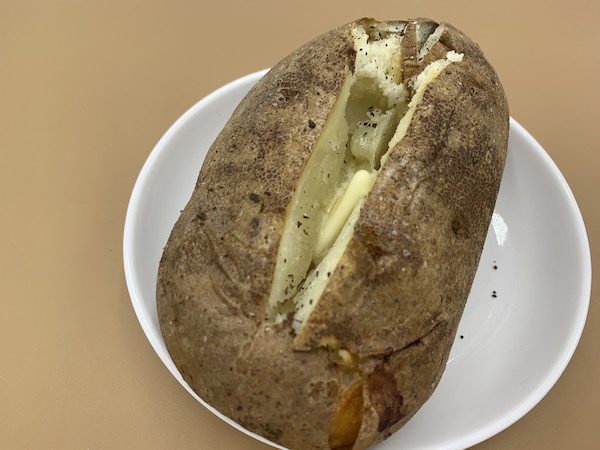- 25shares
- 14
Signs of Botulism
Canning is generally a very safe form of storing food for extended amounts of time. But, if not canned properly, canned goods can go very wrong. It’s generally rare these days, but botulism in cans is still a valid threat.
Luckily, it is fairly easy to spot a can that is suspect for carrying botulism and that’s the purpose of this post.
Below are two nearly identical cans. The difference is that the one on the right is flat across the top and the one on the left is not, it is slightly rounded. If I press on the top of the two cans, the one on the left moves up and down and makes a popping sound as it does. The one on the right is flat across the top and does not move when pressed. The can on the left is suspect for botulism (the extra aluminum is visible in the light shadows).
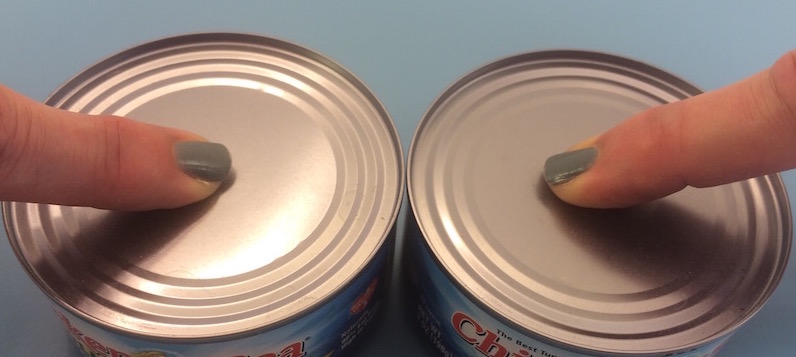
Botulism in Cans
What is Botulism?
First off, what is botulism?
Botulism (commonly misspelled Botchulism because
that’s the way that it sounds) is a type of
deadly food poisoning which occurs from ingesting
the poisonous bacteria Clostridium Botulinum. If the
bacteria was present in the soil where the fresh
produce grew and the canning process was incorrectly
executed, the bacteria could grow inside the can and
become toxic. It takes extremely high heat to kill
these spores. Vegetables most susceptible to picking
up this bacteria are low in acidity. For instance;
corn, beets, green beans and peas. Home canning is
more often suspect than commercial canned goods
because they are produced in factories that are
governed by strict
FDA standards.
If clostridium botulinum contaminated food is eaten symptoms will develop within 12 to 48 hours. Toxins attack the nervous system and cause such symptoms as double vision and trouble with swallowing and breathing. An antitoxin is needed as soon as possible, which reduces the possiblity of death from suffocation, but may still leave nerve damage. [1]
As you can see, the signs of botulism are important to know, along with the instruction to NEVER taste test any food that is suspect to contain the toxin.
How to Spot Signs of Botulism in Cans
Although home canning is most susceptible to botulism, all canned goods should be inspected prior to use. Following are bad signs if present in a can.
Signs of Botulism in Cans:
Don’t even begin to taste any foods from containers that show any of the following signs of botulism. If it looks suspicious or possesses any of the following qualities, then see below on how to properly dispose of the can or jar. Yes, both cans and jars could possibly carry botulism. The risk is greater in home canned goods when proper canning procedures have not been followed.
What if you find a can suspect of carrying the bacteria?
Proper disposal is important to also safeguard children, animals and anyone else who might rummage through the trash and encounter this dangerous bacteria.
Follow these steps to properly dispose of a can
suspect of carrying botulism:
1) Place the can into a plastic bag and then tightly
seal the bag.
2) Place that bag into another bag and seal
again.
3) Then place the bag into a trash receptacle
outside of the house.
According to the CDC (Center for Disease Control and Prevention) botulism can infect from ingestion or it can enter through the skin. See these instructions for how to dispose of an infected can if the can was opened before botulism was suspected. The contents and the container must be carefully detoxified before disposal.
Botulism in Cans
Additional Information
It’s not just canned goods that can be suspect to the growth of bacteria. Many foods can become at risk if kept in warm danger zone temperatures. See our proper fridge temperature post to make sure the fridge is running at proper temperatures.
Babies can actually get botulism from honey and should not be fed any honey before the age of two. [2].
To find out how long canned goods last, see our canned vegetable or canned fruit pages.
To check out lots of possibly misleading packaging label terms that may not mean exactly what you might imagine, see our food labeling post.


